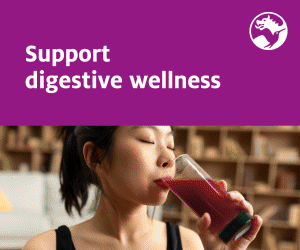The threshold — a group tolerable weekly intake (TWI) of 4.4 ng per kilogram of body weight per week — is part of a scientific opinion on the risks to human health arising from the presence of these substances in food.
PFAS are a group of synthetic chemicals that are manufactured and used in a variety of industries around the world (such as textiles, household products, fire-fighting, automotive, food processing, construction, electronics).
Exposure to these chemicals may lead to adverse health effects. People can be exposed to PFAS in different ways, including food; these substances are most often found in drinking water, fish, fruit, eggs, and egg products.
The four PFAS that EFSA’s assessment focused on are perfluorooctanoic acid (PFOA), perfluorooctane sulfonate (PFOS), perfluorononanoic acid (PFNA) and perfluorohexane sulfonic acid (PFHxS).
Toddlers and other children are the most exposed population groups, say EFSA scientists, and exposure during pregnancy and breastfeeding is the main contributor to PFAS levels in infants.
Experts considered the decreased response of the immune system to vaccination to be the most critical human health effect when determining the TWI. This differs from EFSA’s previous opinion on PFAS from 2018, which used increased cholesterol as the main critical effect.
The 2018 opinion set separate TWIs for PFOS and PFOA, but EFSA has re-evaluated these substances considering more recent scientific knowledge and has followed its recent guidance for assessing combined exposure to multiple chemicals.
The latest scientific opinion addresses the feedback received from scientific organisations, citizens and competent authorities in Member States during a 2-month consultation between February and April 2020.
EFSA’s scientific advice will support risk managers in their decisions regarding how best to protect consumers from exposure to PFAS through food.
How can food become contaminated with PFAS?
Food can become contaminated through contaminated soil and water used to grow the food, through the concentration of these substances in animals via feed and water, through food packaging containing PFAS or processing equipment that contains PFAS.




